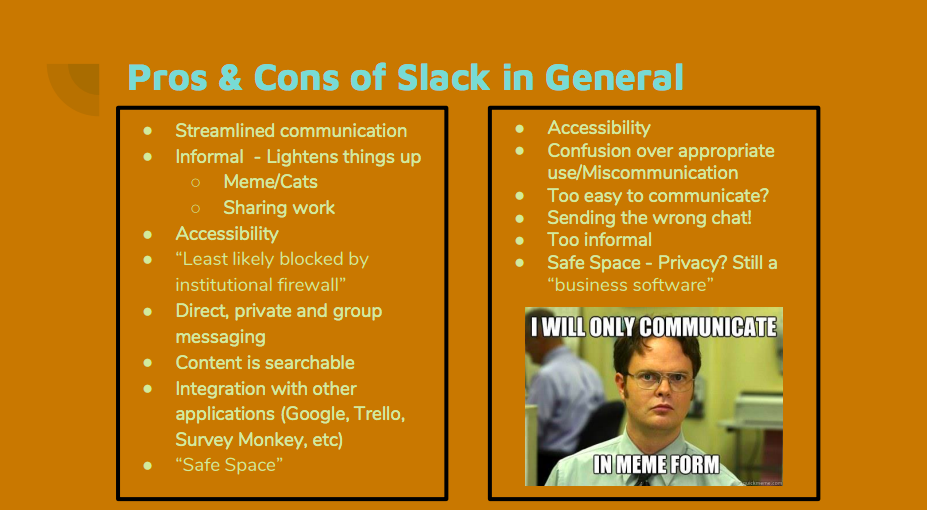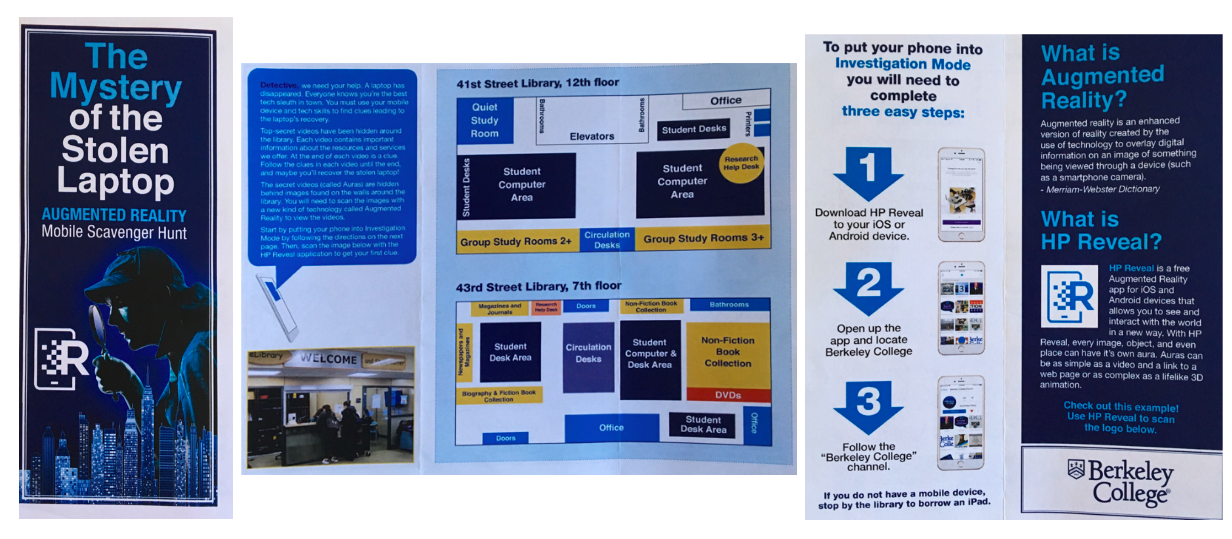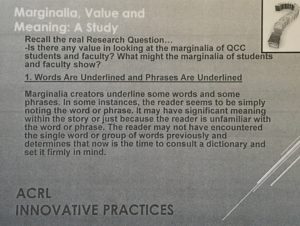The 58th Street branch of the NYPL is one of their smaller locations. My observation took place midday on a weekday. Some patrons did appear to be stopping by during a lunch break, quickly picking up hold materials before leaving. However most patrons did linger in the library, many for the entirety of my observation.
Physical Library Space
When you walk into the library it is all one room. To your immediate left are a handful comfy chairs and behind that a small children’s area. This has two small tables with three or four chairs around them, and a very small open area. Then on the left are the stacks. To your immediate right is the reference desk. This library does not have self-checkout, so it is the only location to check out materials. (There is a book drop in the vestibule of the library so you can return books without entering the main space.) Beyond that, on your right are a dozen or so computers, which can be checked out for 45 minute intervals, and the DVD collection. Straight ahead of you there are some more comfy chairs, two long communal tables to work at with outlets built in and hold/reserve shelves which line the back wall.
One of the first things you notice about the space is that it is designed primarily for adult patrons. There are mostly places to sit and read/work individually. Some parents/caregivers have modified the space to suit their needs. An empty space in front of the reference desk, where the line forms when the demand is higher, is taken over by unofficial stroller parking. There isn’t enough space in the children’s section to store any belongings and have space to move around.
Use of the Space
Patrons at the time of the observation seem to be coming to the space to either work independently or pick up holds from the hold shelves. Only a handful of patrons even visited the stacks during their time in the library. Those working either at the computers or communal tables didn’t visibly have physical library materials with them. Over the course of the observation there were two older patrons who read periodicals that the library had on display. But only two patrons visibly had library books at their spaces. And only one of them spent time reading their book. Patrons primarily took advantage of the computer/Wi-Fi/digital resources that the library offers, as opposed to books or periodicals.
This library fulfills a very important role as a ‘third space,’ somewhere that is not home or work/school where people can congregate and just be. For example, there were many retirees, who came here to spend time outside of their homes. While not apparent from the layout, according to their website there is also a second floor, which houses a space that can be reserved for community events/needs as well as their tech classes.
Library Staff
During my observation I saw four different members of staff working the reference desk. Only one of them was a women. Considering the stereotype of the middle age white female librarian this felt noteworthy. Additionally two of the men were people of color. This felt important because as you look around the library, they have a diverse range of patrons. Having a body of staff that reflects your patron-base allows them to best serve their patrons, and be aware of any special needs or considerations their patrons might have.
Recommendations
This is not a high-tech library that is going to have a maker space or a lot of automated systems. However there are small areas where they could probably integrate more digital services. The addition of a self-checkout station would allow patrons who are just picking up materials, and not asking questions, to quickly get their business done.
There also felt like a need for a more designated child friendly space. Some patrons verbally complained about the strollers left in front of the reference desks. Many also made faces when navigating around them. While space is at a premium in a library of this size, the reading area next to the children’s area could probably be rearranged to have space for the strollers. Then those seats could be moved to another area of the library.
Another option would be to take advantage of the second floor space. Maybe when there aren’t events up there have the space open for children to use. That way there would be space for them to run around or read aloud without disturbing the people working downstairs. However I have not seen that space so I don’t know how difficult that would be or if there is a computer set up that would make that difficult.
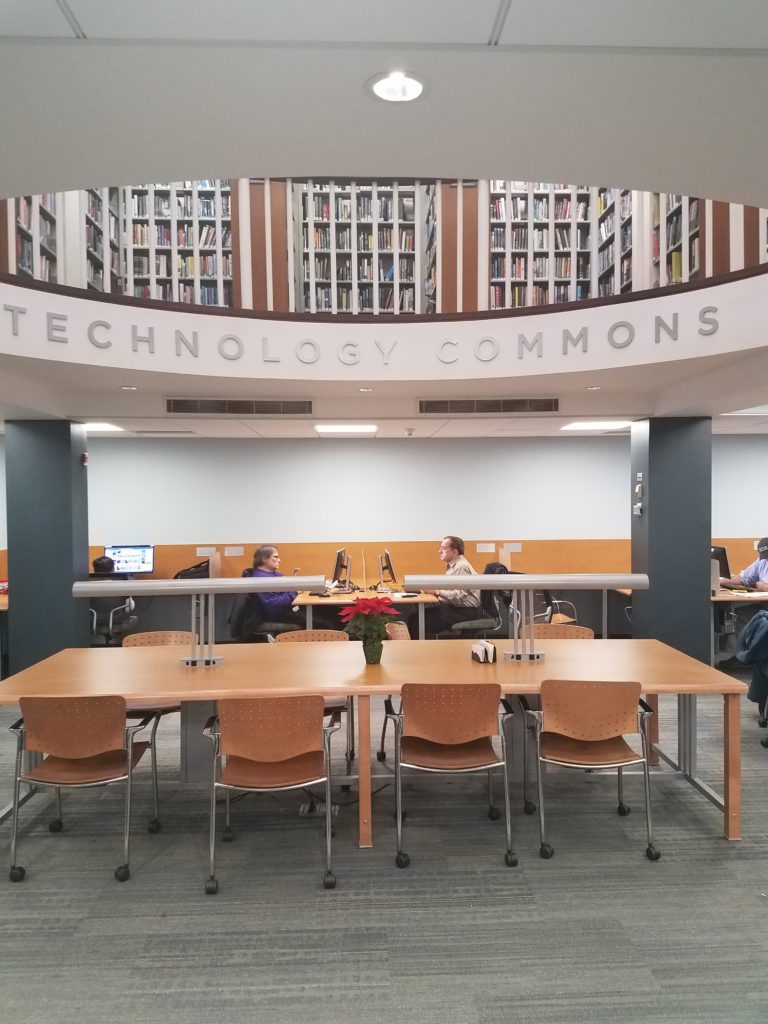
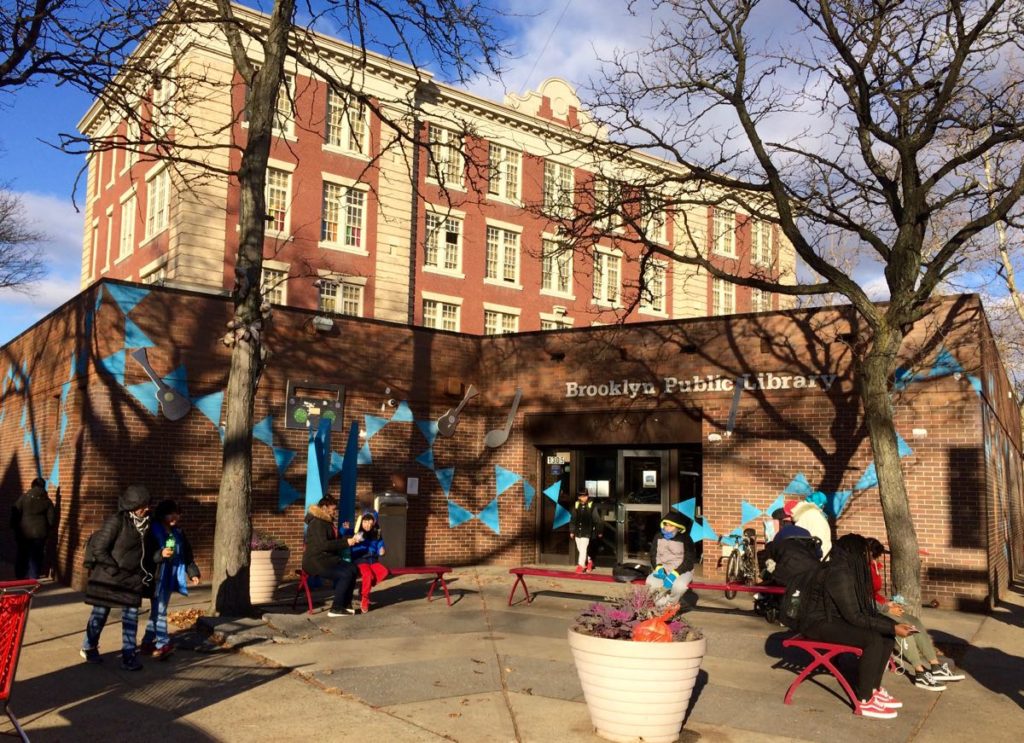
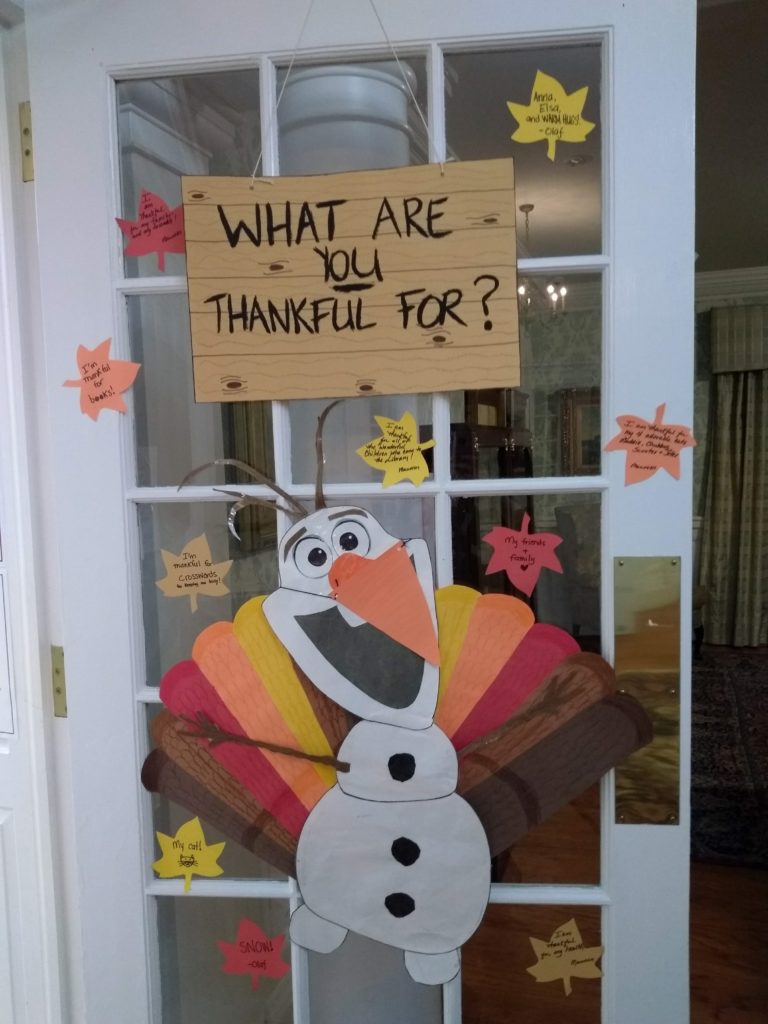
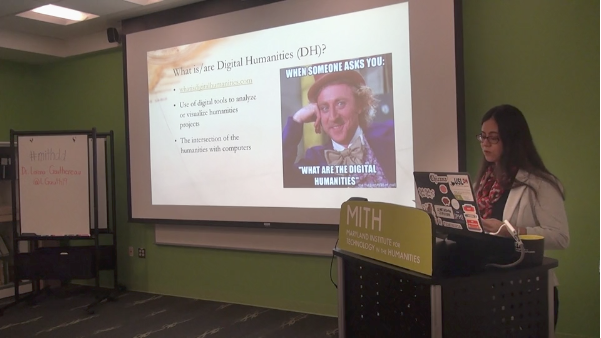
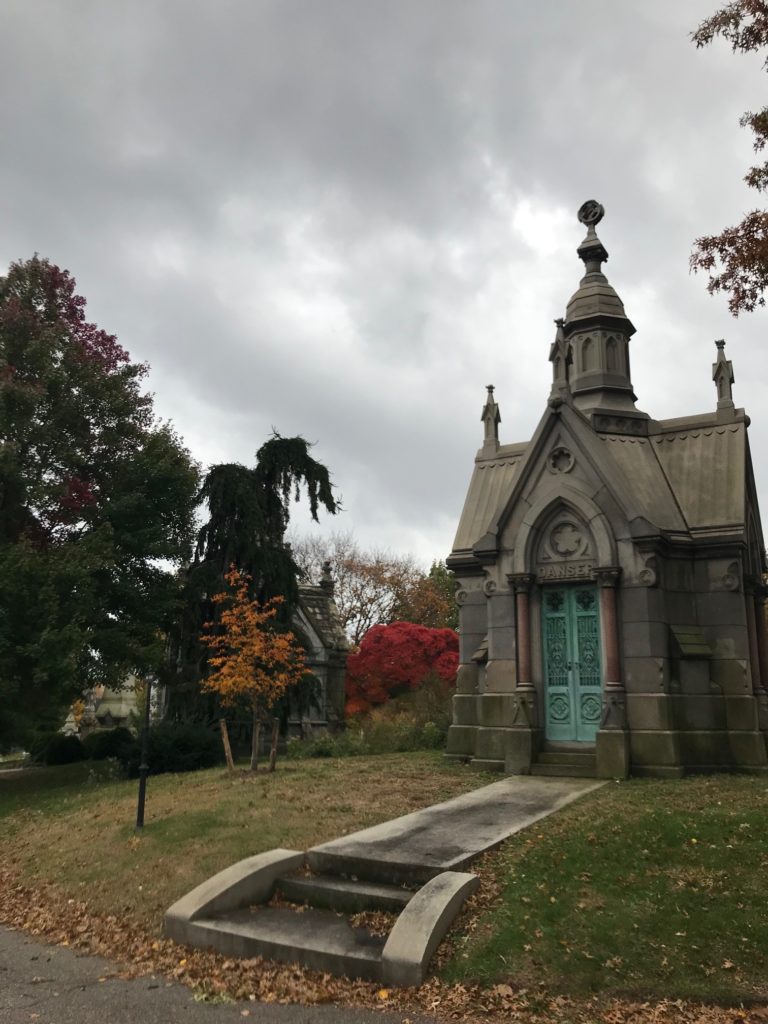
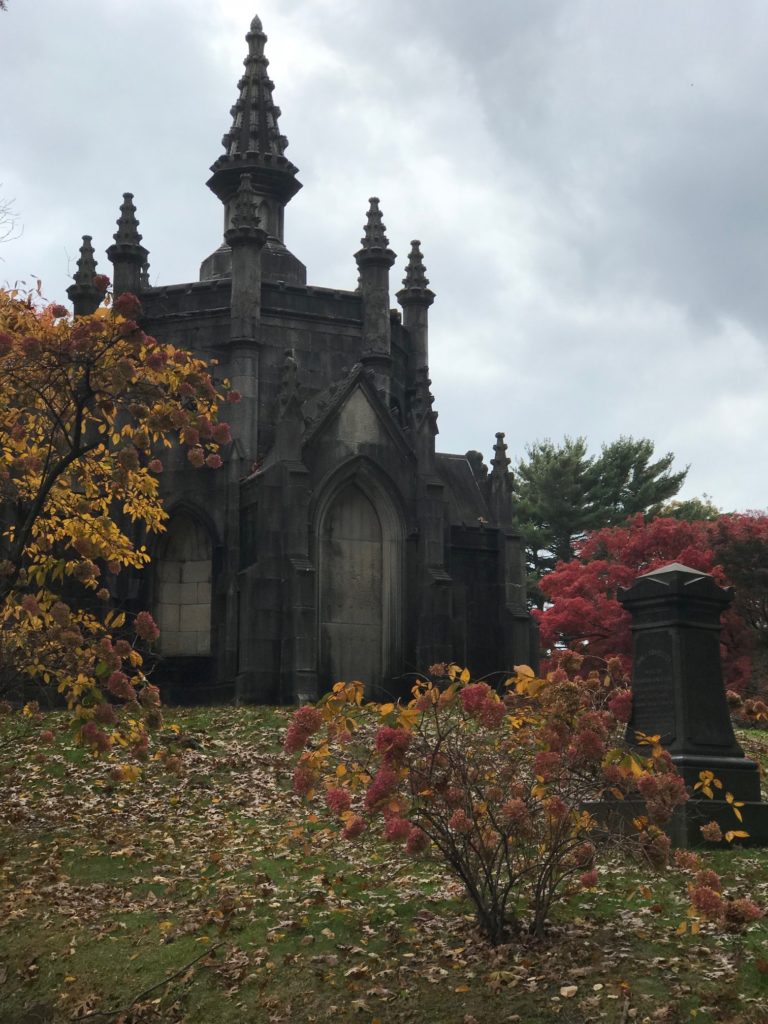

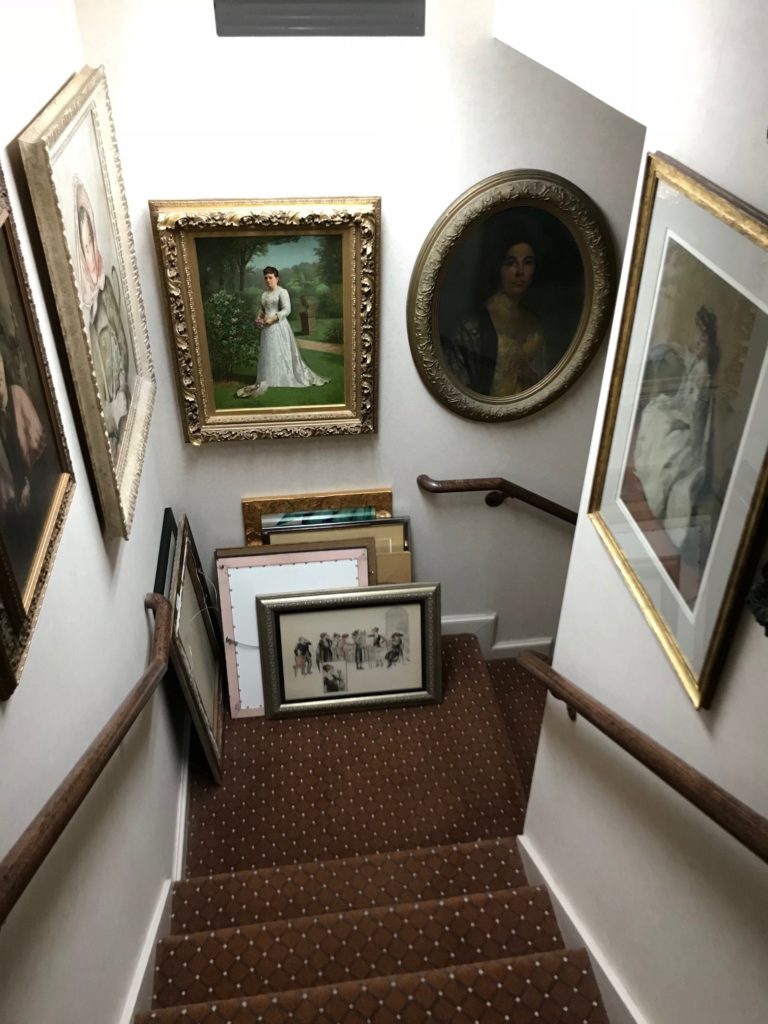
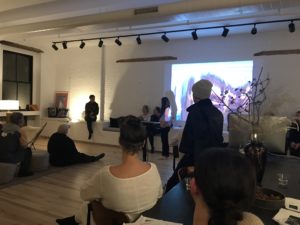
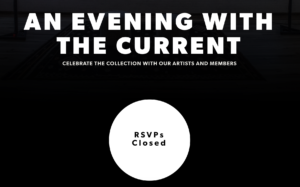
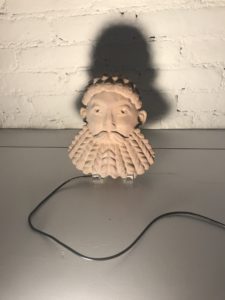
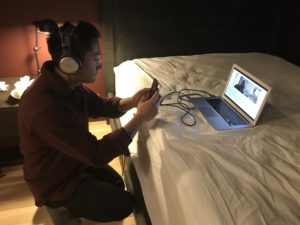
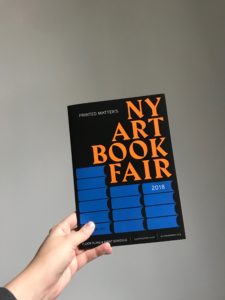
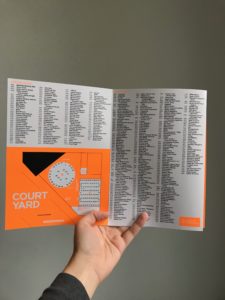
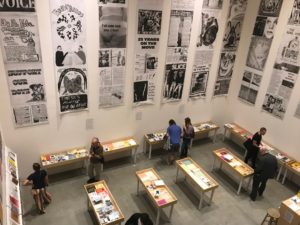
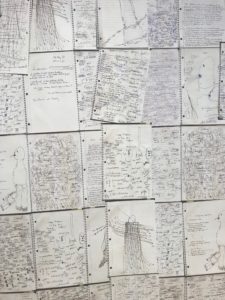 Notebook wallpaper from Martos Gallery exhibit
Notebook wallpaper from Martos Gallery exhibit